Easy, let-the-oven-do-the-work recipes for long working days
Letting the oven do its thing gives you more time to enjoy the little things, says Emily Weinstein
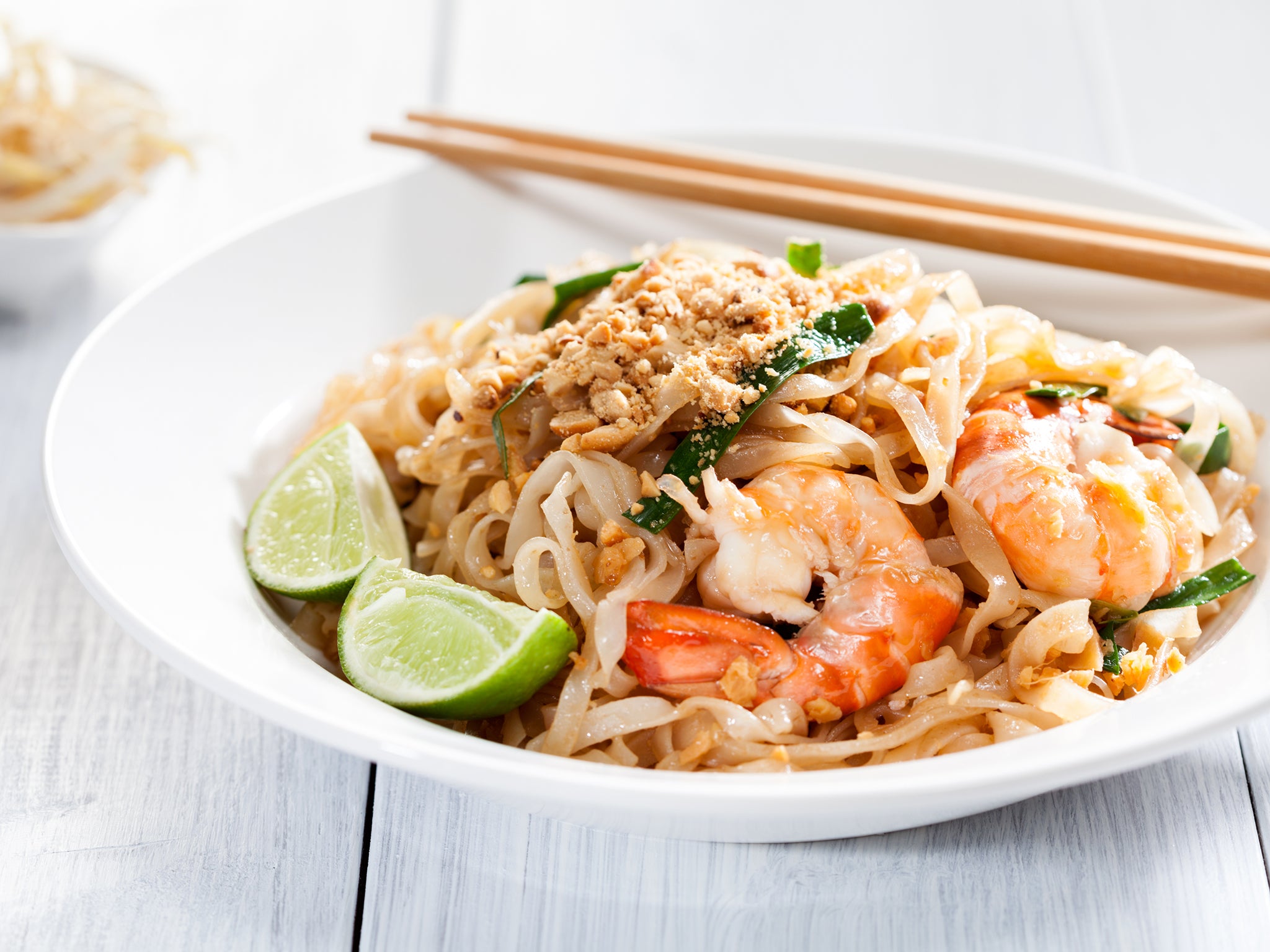
I made Ali Slagle’s gnocchi with sweet and hot peppers for dinner this week, which is one of those easy, let-the-oven-do-the-work recipes that hit just right after a long day. In that recipe, cherry tomatoes, bell peppers and chipotle chillies roast in oil until they collapse into a sweet and smoky sauce for gnocchi, or really for anything you’d like.
I love – love! – letting the oven do the work, which gives me a minute to do things like play Wordle, snack on cheese or pour myself a drink (or all three). For a recipe to fit the bill, there must be minimal prep. One pan is ideal; two is fine; three is too many.
Gnocchi with hot and sweet peppers
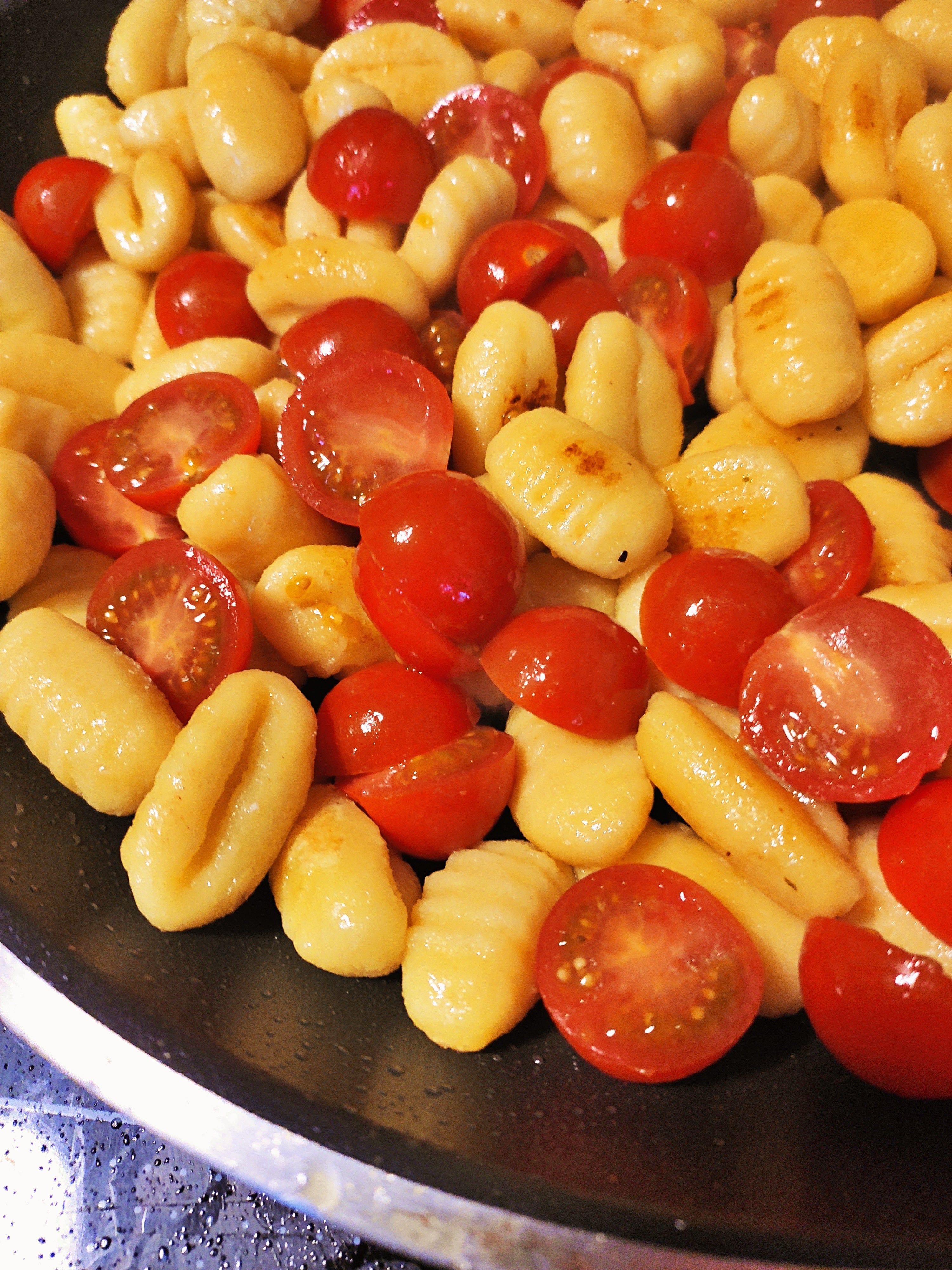
When fresh bell peppers, tomatoes and canned chipotle chillies roast in plenty of olive oil, they become a sweet, smoky and spicy sauce. Use it to glaze gnocchi that has simultaneously crisped in its own pan and dinner is ready without much attention from you. Consider this recipe just a starting point: add red wine vinegar for a tangy peperonatalike version, blend for a smooth sauce or top with nuts or cheese for protein (walnuts, hazelnuts and pine nuts, or feta, ricotta and cheddar would all be good). Or simply use the template for roasting vegetables with flavourings and oil to make any number of produce-heavy sauces for coating noodles, beans, grains or chicken.
By: Ali Slagle
Serves: 4
Total time: 45 minutes
Ingredients:
450g (about 2 medium) red, orange, or yellow bell peppers, seeded and coarsely chopped
280g small tomatoes, like cherry or Sungold
6 tbsp extra-virgin olive oil
1 to 2 chipotle chillies in adobo, coarsely chopped (depending on heat preference)
Salt
2 (340-510g) packages shelf-stable potato gnocchi
Method:
1. Heat the oven to 230C. In a 2.8L, oven-safe dish (like a 22-by-33cm pan or a casserole dish), combine the bell peppers, tomatoes, ¼ cup (60ml) oil, chipotle and 1 teaspoon salt. Stir to combine, then place on the oven’s centre rack.
2. On a baking tray, break up the gnocchi and toss with the remaining 2 tablespoons oil (no need to boil first). Season with salt and shake into an even layer. Transfer to the oven’s bottom rack. Roast both the vegetables and the gnocchi until the vegetables are softened and charred in spots and the gnocchi is crisp underneath and still squishy in the middle, 25 to 30 minutes (no need to stir partway through).
3. Transfer the gnocchi to the roasted peppers and stir until the gnocchi is glossy red.
Grilled salmon and asparagus with herbs
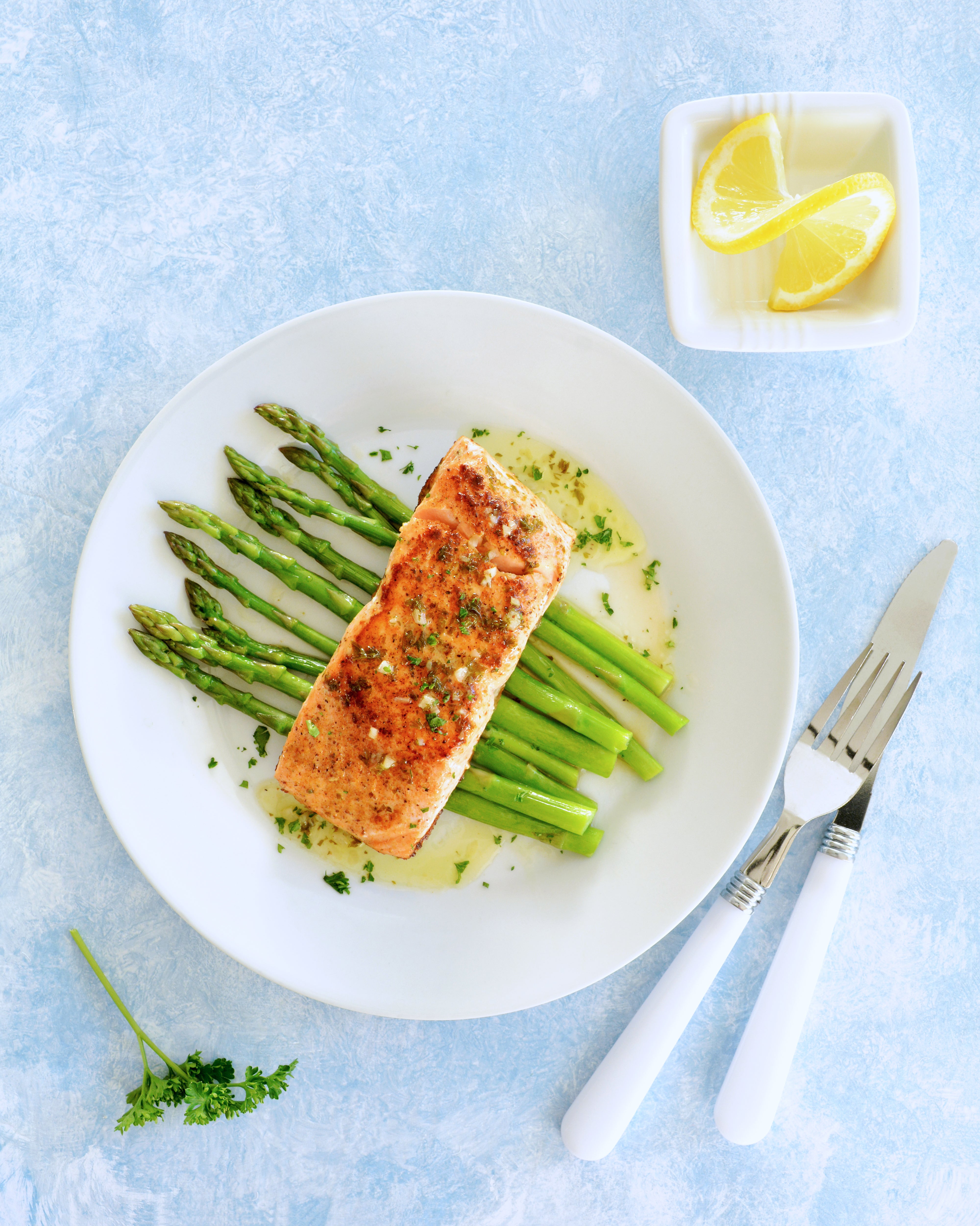
Many people fear the grill because they don’t know how to use it, or they’re worried they’ll overdo it and end up with a scorched dinner. But when used properly, it’s a useful tool ideal for crisping chicken skin, charring vegetables and melting cheese. Grilling is also a great method for perfectly cooking salmon: it yields a deeply browned crust and a tender centre that isn’t overcooked. All grills are different, and knowing the strength of yours and being aware of any uneven “hot spots” help maximise the efficiency of it (as your dish cooks, look to see if it’s cooking evenly across the surface, which will tell you if you need to move things around). In this recipe, soy-and-mustard-coated salmon and asparagus cook under the grill, and are topped with a herb salad for a hit of brightness, freshness and acidity.
By: Yasmin Fahr
Serves: 4
Total time: 20 minutes
Ingredients:
1 bunch coriander, leaves and tender stems, roughly chopped
1 bunch parsley, leaves and tender stems, roughly chopped
1 small bunch mint or dill, leaves picked, roughly chopped
4 spring onions, light green and white parts, sliced
¼ to ½ tsp red-pepper flakes, according to taste
3 tbsp lemon juice, plus more as needed
3 tbsp olive oil, plus more as needed
Salt and black pepper
2 tbsp soy sauce
1 tbsp Dijon mustard
1 large bunch asparagus, woody ends trimmed
4 (110-170g) salmon fillets, at least 2cm thick
Method:
1. In a medium serving bowl, toss together the herbs, spring onions, red-pepper flakes, lemon juice and 2 tablespoons of olive oil, and season to taste with salt and pepper. Season with more lemon or oil as needed until the leaves look glossy. Set aside.
2. Heat the grill with a rack 15cm from the heat source.
3. In a small bowl, mix the soy sauce and mustard until smooth. Add the asparagus to a large sheet pan, toss with the remaining 1 tablespoon of oil, then season well with salt and pepper. Move the asparagus to the sides, and place the salmon skin side down in the centre. Season the salmon with salt and pepper, brush the tops and sides with the soy mixture, then toss the asparagus in the rest of the soy mixture (use a paper towel to wipe off excess soy on the sheet pan, as it will smoke).
4. Grill until the salmon is opaque with a deep brown crust, about 6 to 8 minutes for medium-rare, and 8 to 10 minutes for medium, depending on the strength of your grill and the thickness of the salmon (reduce cooking time by 1 to 2 minutes for thinner fillets). If it looks like it’s browning too quickly or smoking excessively, move to a lower rack to finish cooking. Top the salmon and asparagus with the herb salad or serve on the side with a final round of pepper.
Prawn pad thai
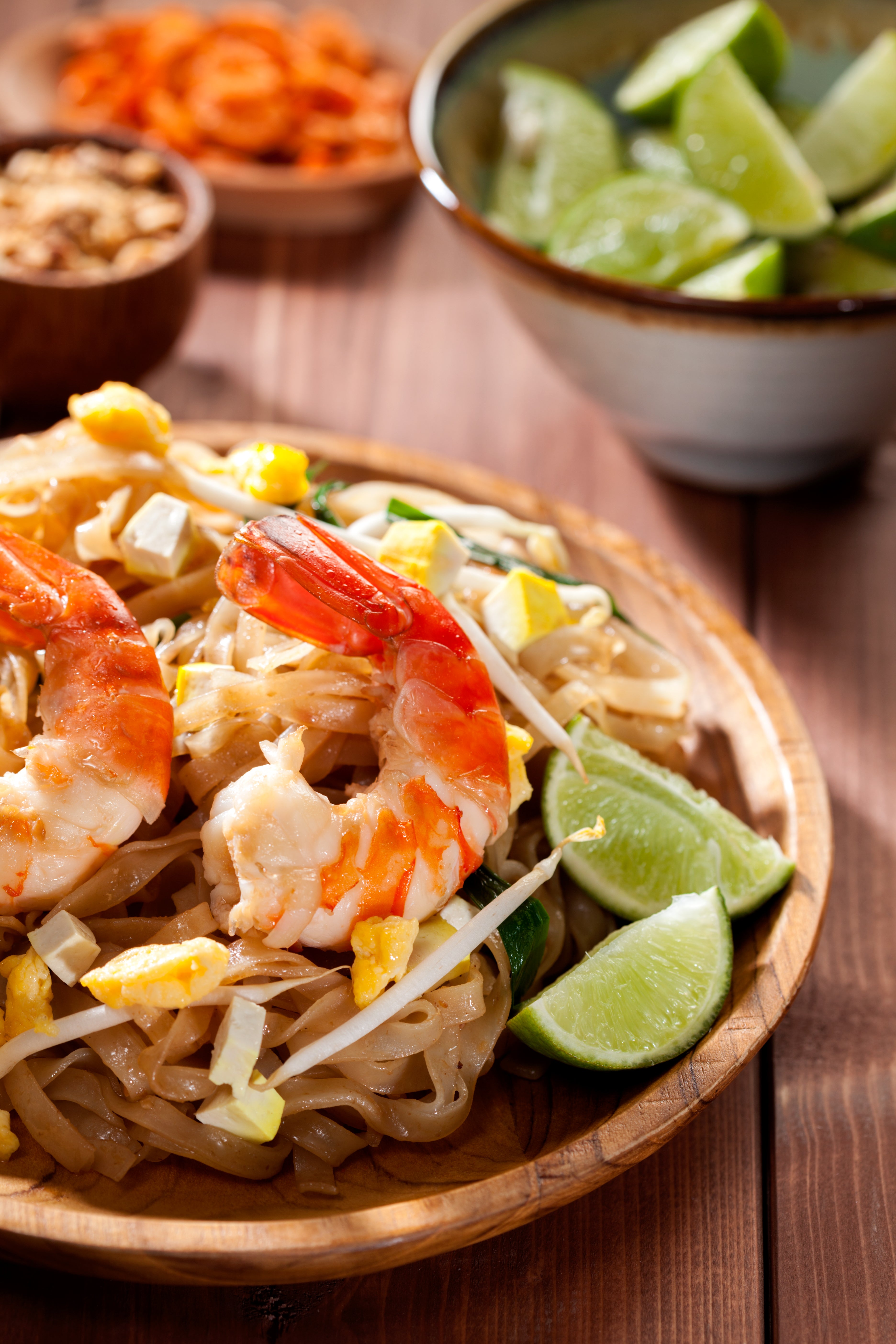
Pad thai is Thailand’s national dish, but not because it is traditional. The government codified it in the 1930s as a way of encouraging national pride in the unique ingredients of Thailand. It has been adopted and adapted all over the country, but one constant is that the dish is made almost entirely of long-lasting ingredients like rice noodles and tamarind, making it easy on the home cook. The savoury, tart sauce is very simple to assemble, and it lasts well in the fridge. Although salty dried prawns are used in the original recipe, many Thai cooks now prefer fresh prawns.
Recipe from: Watcharee Limanon
Adapted by: Julia Moskin
Serves: 2 to 3 servings
Total time: 45 minutes
Ingredients:
For the noodles:
225g sen lek (dried ⅓cm-wide flat rice noodles) or other pad Thai noodles
20g minced garlic
2 tbsp minced shallot
30g minced Thai sweet preserved radish (optional; see tip)
10 to 12 peeled and deveined medium prawns
225g superfirm (pressed) tofu, cut into bite-size cubes or rectangles
4 large eggs, lightly beaten
200g bean sprouts
1 small bunch garlic chives or spring onion greens, cut into 2.5cm lengths
3 tbsp vegetable oil, plus more for cooking eggs
Chopped peanuts, chilli powder and lime wedges, for serving
For the sauce:
80ml fish sauce
80ml tamarind liquid or concentrate
70g coconut or other palm sugar or dark brown sugar
Method:
1. Prepare the noodles: place dried noodles in a large bowl and cover with hot tap water. Let soak for 20 to 30 minutes while you prepare the remaining ingredients, allowing the water to cool, and stirring and separating the noodles occasionally with your hands. When ready, noodles will be white, limp and almost soft to the bite (they will cook a little more later on). Pour off all the water, fluff noodles with your hands, and set aside.
2. Meanwhile, make the sauce: combine the fish sauce, tamarind and coconut palm sugar in a small saucepan. Bring to a simmer over medium heat, stirring often, just until sugar has dissolved, 3 to 4 minutes. Set aside to cool.
3. Line up the ingredients in the order they’ll be cooked: place the garlic, shallot, radish and prawns in a bowl, then line up the tofu, noodles, sauce, eggs, bean sprouts and chives. When ready to cook, place 1 cup of hot tap water near the stove.
4. Heat 3 tablespoons of oil in a 35cm wok, a heavy 30cm frying pan or a large casserole dish on medium-high heat until shimmering (if using a smaller pan, cook in 2 batches). Add the contents of the garlic bowl and stir-fry over medium heat, adjusting the flame so the ingredients are sizzling but not popping or scorching, until the shrimp are nearly pink, 2 to 3 minutes. Add the tofu and stir-fry to heat through, about 2 minutes.
5. Add noodles and raise the heat as high as it goes, tossing and separating them with a wok turner, tongs or both. When noodles are sizzling, add about half the sauce and 1 tablespoon water, and stir-fry, tossing to coat and cook through.
6. Taste a noodle for doneness and seasoning. If needed, add more sauce and water, and keep cooking, turning often, until noodles are softened and savoury.
7. Push noodles to one side of the pan, add enough oil to lightly coat the other side, and add the eggs. Use the spatula to scramble the eggs, stirring and scraping until cooked through and just dry, 1 to 2 minutes, then stir them into the noodles.
8. Add the bean sprouts and chives, and stir to combine. Serve immediately, passing the peanuts, chilli powder and lime wedges to adjust seasoning to taste.
Tip: Thai sweet preserved radish, often sold already minced or shredded online and in Asian markets, delivers a tangy chewiness. For the taste you want in pad Thai, be sure to buy the dry-packed Thai variety and not Chinese or other types of preserved radish.
Chicken-courgette meatballs with feta
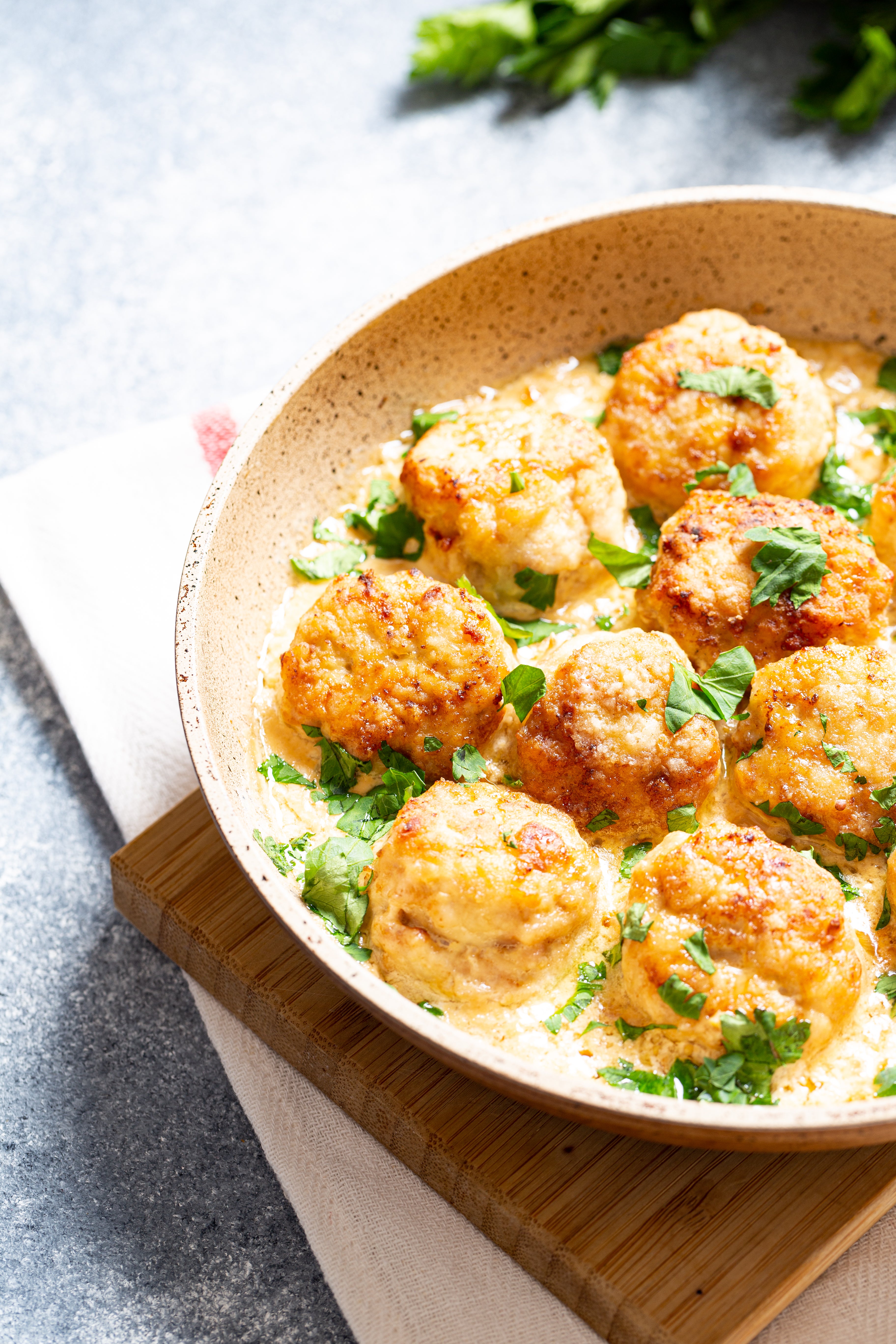
These meatballs harbour a secret: they’re half vegetable, half chicken. More than just a surprise, the grated courgette provides moisture that chicken mince can lack. Roast more courgette next to the meatballs on the baking tray, then top everything with feta tossed with lemon juice. For an easy starch, add chickpeas to the feta, or toast bread or pita on the free rack in the oven.
By: Ali Slagle
Serves: 4
Total time: 45 minutes
Ingredients:
3 large courgettes (about 700g)
Salt and black pepper
1 large shallot, halved
50g panko
1½ tsp ground cumin
1 tsp red-pepper flakes
450g chicken or turkey mince
2 tbsp chopped fresh mint, basil, parsley or dill, plus more for serving
60ml extra-virgin olive oil, plus more for greasing and drizzling
3 tbsp lemon juice (from 1 large lemon)
115g feta
Method:
1. Heat the oven to 220C. Cut 2 of the courgette into 1½cm-thick slices. Transfer to a plate, season with salt, and set aside.
2. Working over a large bowl, using the large holes of a box grater, grate the remaining courgette. Grate 1 shallot half into the bowl as well. Add the panko, cumin, ½ teaspoon red-pepper flakes and ½ teaspoon salt, and use your hands to toss until combined. Add the chicken and herbs and toss gently until combined.
3. Lightly grease a baking tray. With wet hands, form the chicken mixture into 16 meatballs (around 2 to 3 tablespoons each) and place them on one side of the baking tray. Drizzle with olive oil and roast for 10 minutes.
4. Meanwhile, pat the sliced courgette dry, then lightly coat with about 1 tablespoon olive oil. Season with pepper.
5. Coarsely chop the remaining shallot half and transfer to a small bowl. Add the lemon juice, season with salt, and stir to combine.
6. Add the sliced courgette to the other half of the baking sheet, moving the meatballs over, if necessary. Bake until the meatballs are cooked through and the courgette is golden on the underside, another 15 to 20 minutes. For more browned meatballs, grill for a few minutes, if desired.
7. Meanwhile, crumble the feta into the shallot mixture. Add the extra-virgin olive oil and the remaining ½ teaspoon red-pepper flakes. Stir, breaking up the feta a bit, and season to taste with salt and pepper.
8. Eat the meatballs and courgette with a drizzle of the feta sauce and more fresh herbs.
Baghali ghatogh (fava bean stew)
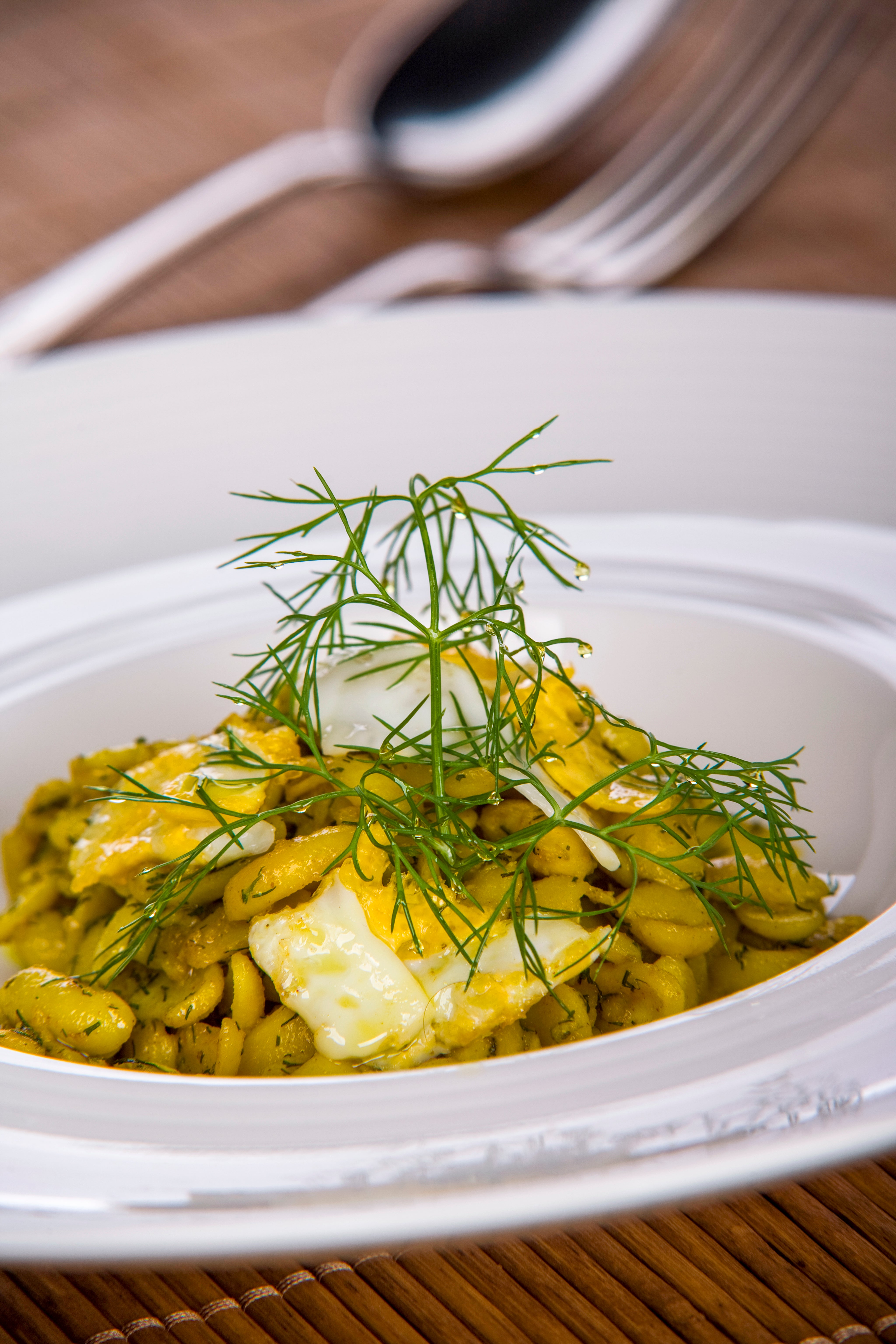
A popular and beloved stew from northern Iran, baghali ghatogh is an ambassador of early spring produce. Earthy, bright-green fava beans, fragrant dill and an assertive amount of garlic are combined with eggs for a comforting meal. Although shelling and peeling fresh favas is a rite of passage, it’s a time-consuming task, given the amount needed here (but if you have the time, go for it!). Frozen fava beans are a worthy substitute, but if they aren’t available, you can use canned butter beans or frozen lima beans. Just enough eggs are used to give the stew some heft, but they shouldn’t overwhelm the vibrant flavours of this verdant stew. The eggs can be incorporated two ways: cracked in and poached, or stirred in to break apart. Baghali ghatogh is typically served over rice with a side of smoked fish and pickled garlic, or with bread.
By: Naz Deravian
Serves: 4 to 6
Total time: 40 minutes
Ingredients:
¼ cup olive oil
5 to 10 large garlic cloves (depending on preference), finely grated
1 teaspoon ground turmeric
14 ounces double-peeled frozen fava beans, thawed, or 2 cans butter beans, lima beans or cannellini beans, rinsed
2 large bunches fresh dill (about 200g), stems trimmed, finely chopped, or ¼ cup dried dill
Kosher salt and black pepper
3 to 4 large eggs
Method:
1. Add the oil and garlic to a medium pot, then set it over medium-low heat. Cook the garlic, stirring often, until fragrant and cooked, taking care not to burn it, 5 to 7 minutes. Add the turmeric, stir and cook until fragrant, about 30 seconds. Add the beans, dill, 1½ teaspoons salt and ¼ teaspoon pepper. Stir gently so the beans don’t break, and cook for about 3 minutes, just so the flavours meld and no longer taste raw.
2. Increase the heat to medium-high, add enough water to cover the beans, about 2 cups (or more as needed, if you’re using cannellini beans, which absorb more liquid), and bring to a gentle boil. Partially cover with the lid barely ajar, reduce the heat to medium-low, and gently simmer, stirring occasionally, until the beans are tender, but still maintain their shape (no mushy beans please), and the flavours have come to life, about 12 minutes.
3. Taste the beans and liquid for salt and pepper, and adjust as needed. The stew should be juicy enough to serve over rice, but if it seems too liquidy, remove the lid and cook a little longer to reduce it, keeping in mind that the eggs will also thicken it up. Add a little more water if the stew is too thick.
4. Increase the heat to medium and add the eggs one at a time. If poaching whole eggs, use 4 eggs and make individual wells in the stew before adding each egg. Cook, uncovered, until the whites set and the yolk is cooked to desired consistency, 3 to 5 minutes. (Alternately, you can stir the eggs in: add 3 eggs, then run a spoon through each egg to break them apart and cook, slightly covered, until the eggs set, about 3 to 5 minutes.) Taste, add more water if the stew is too thick, adjust seasoning and serve.
Tips: Frozen double peeled fava beans can be found at Iranian and Middle Eastern markets, and online. If using frozen lima beans, use the same amount.
If using fresh favas: Use 1kg fresh fava beans in their pods. Remove the favas from their pod (the first thick layer) as you would to shell fresh green peas. Once podded, bring a small pot of water to a boil and prepare an ice bath. Place the podded beans in the boiling water for a quick minute or two, then drain and dunk in the ice bath. Drain and easily pop the skin off by giving the bean a squeeze.
© The New York Times
Join our commenting forum
Join thought-provoking conversations, follow other Independent readers and see their replies
Comments
Bookmark popover
Removed from bookmarks